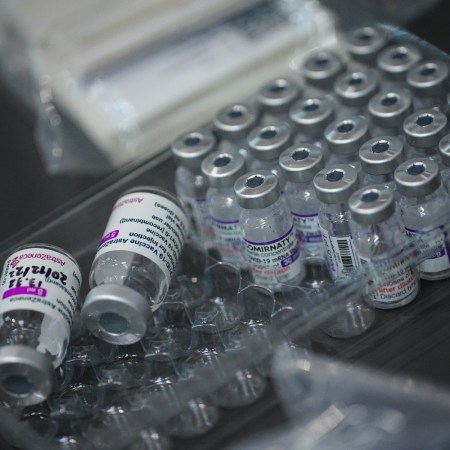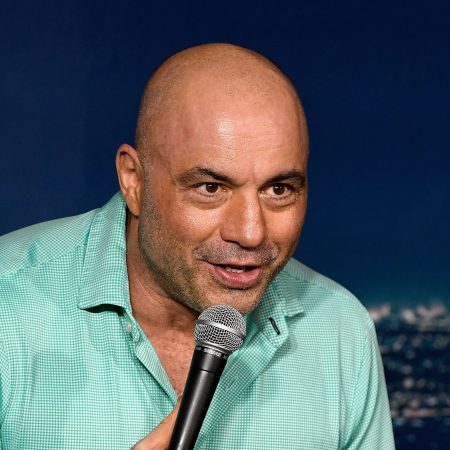Dr. James Hamblin, the co-host of COVID podcast Social Distance, recently wrote a rare upbeat update on the pandemic for The Atlantic. For weeks now, figures have been headed in the right direction: weekly new cases have dropped by over a million since January, hospitalizations and deaths or on the decline, and at this pace, daily vaccinations look primed to double by the end of March.
In addition to those macro trends, Dr. Hamblin points out that there are a number of other promising statistics available to us, which suggest our “second pandemic summer” could at the very least look normal, and maybe even be one to remember, packed with reunions, vacations and ballgames. He cites:
- The actual number of infections in the U.S. is five times higher than reported.
- One in three Americans has already been infected by SARS-CoV-2.
- We’ll reach Fauci’s herd immunity threshold of 70 to 80% earlier than expected.
- May or early June is now a likely window for when most Americans could have access to vaccines.
- Hard-hit areas may have already reached herd immunity. In North Dakota, nearly 65% of the population has been infected. The state hasn’t reported a COVID death this week.
Basically, because the United States did such a poor job at the outset with rapid testing and contact tracing, there seem to be millions of Americans who contracted the virus and didn’t realize it. Proper medical authorities certainly weren’t able to record all of these cases. That means we could potentially reach herd immunity as a nation in time for the summer solstice (though the article does note that it’s still not clear whether herd immunity will work).
In a backwards way, that is very positive news. While everyone should sign up for the vaccine regardless, it means new cases could fizzle down to a standstill as the days get warmer. It’s impossible to overstate how massive this will be for the nation’s collective mental health; Dr. Hamblin compares the potential feeling to the Roaring Twenties, or the Summer of Love. We could be in for a “where were you when” stretch of months.
At the same time — we’re talking about COVID here, there’s always a catch — Americans should be wary that immunity will not be equal around the country or around the world. Dr. Hamblin points out that the state of Vermont and the country of Vietnam have both had essentially negligible COVID death rates. They earned that distinction, with early, effective policies. But, somewhat unfairly, that puts those places at greater risk of deaths later on, because they explicitly need the vaccine to catch up with the herd immunity of everywhere else.
It’s a worthy reminder that as this summer arrives, the world opens up again, and you resolve to do and see everything you’ve ever wanted, remember that the U.S. (and its most populous areas, specifically) has more vaccine doses than everywhere else. We’ve suffered quite a bit, yes, but others could still be suffering until 2023, as vaccines slowly make their way around the world.
Before you jet-set around the planet, this summer might be a great time to rediscover all the things you’ve been deprived in your local area. Communing with friends, listening to live music, eating inside, hugging your parents. Is that too low-key for the history books? You’ll remember it forever regardless.
Thanks for reading InsideHook. Sign up for our daily newsletter and be in the know.


















